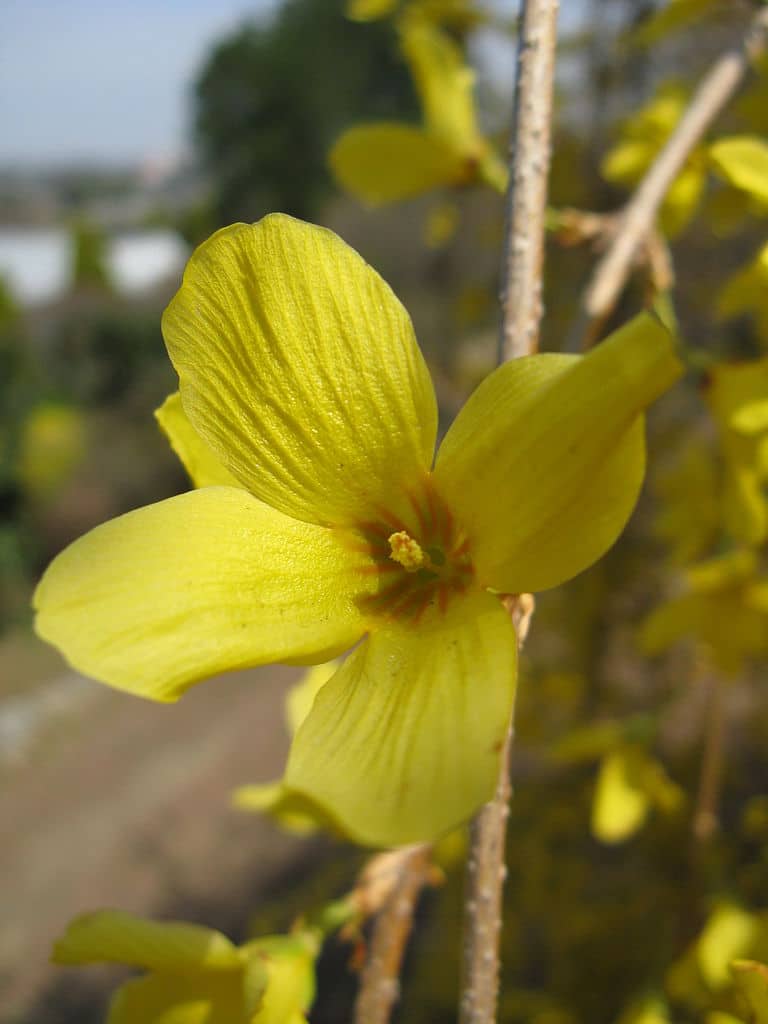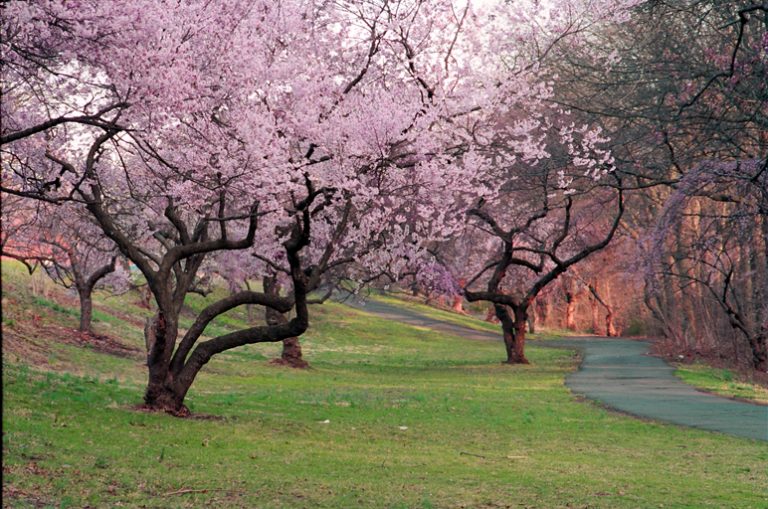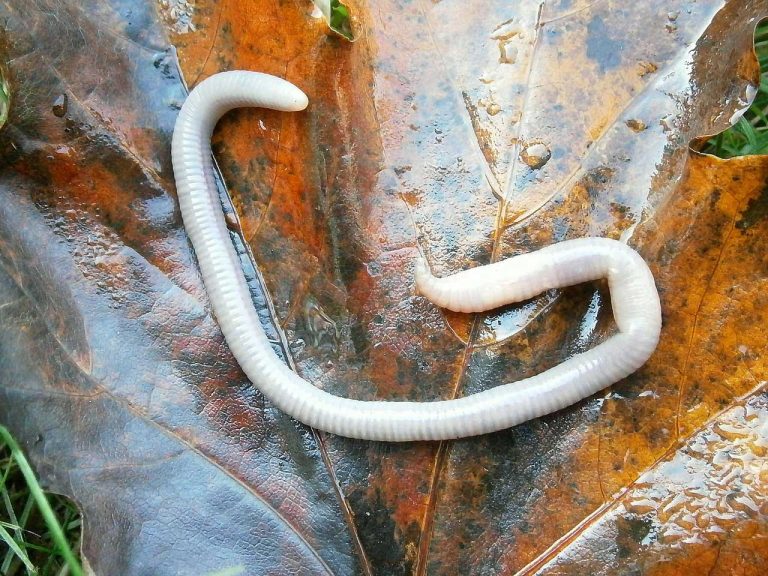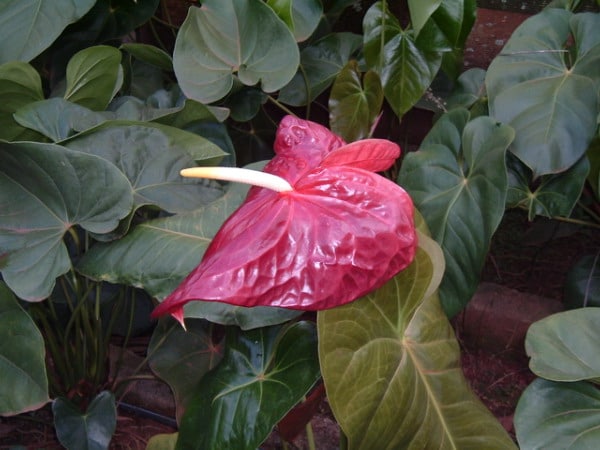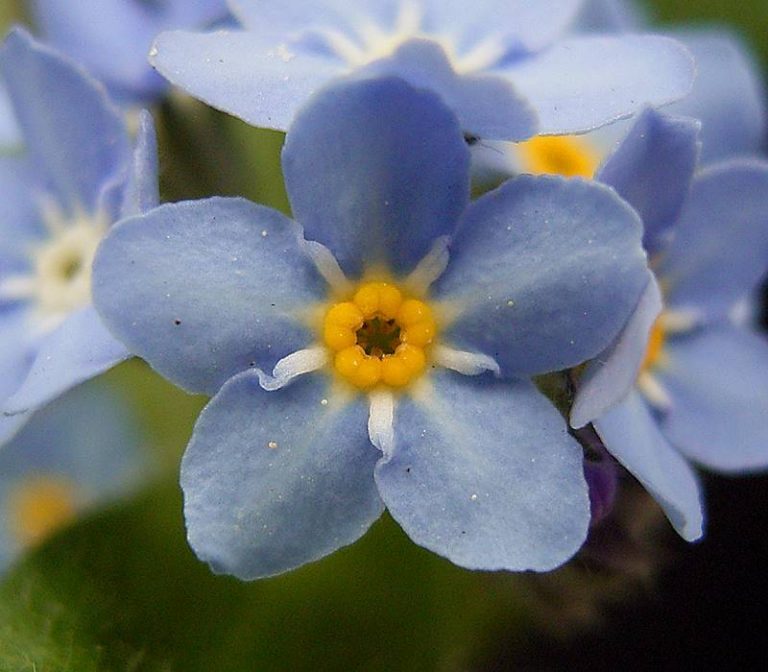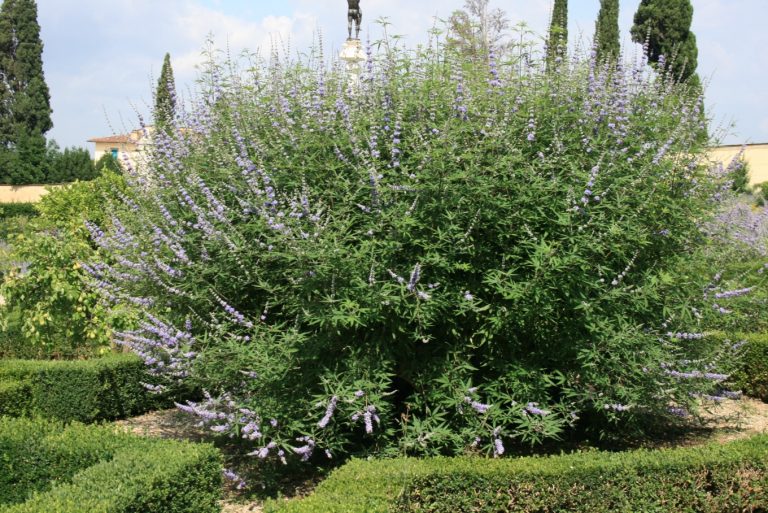Forsythia – Mostly Found in Eastern Asia and in Southeast Europe
Scientific Classification
| Kingdom: | Plantae |
| (unranked): | Angiosperms |
| (unranked): | Eudicots |
| (unranked): | Asterids |
| Order: | Lamiales |
| Family: | Oleaceae |
| Genus: | Forsythiavahl |
| Species: | Forsythia suspensa |
Forsythia, originating from the Oleaceae family (olive family), is a variety of flowering plants. The forsythia plant encyclopedia shows us that there are about 11 varieties of them, mostly in the eastern part of Asia, and also in the southeast part of Europe.
Anatomy
These deciduous forsythia bushes or shrubs distinctively grow to a height of 1 to 3 m (3ft 3 in to 9ft 10in). On rare occasions they grow to a height of 6m (20 ft), with grayish-brown rough bark. Their leaves grow in opposite directions, are of normal variability, at times trifoliate with tiny leaflets at the base of length 2 to 10cm (1 to 4in) and occasionally to a length of 15cm (6in). Its edges are saw-like or whole.
The flowers bloom at the beginning of spring prior to the formation of leaves; the flowers have four lobes, joined at the base and are bright yellow in color. They overhang in rainy weather, protecting its reproductive parts.
Habitually forsythia blooms first among the shrubs in the garden, at the commencement of spring or end of winter.
Domestic Cultivation of Forsythia
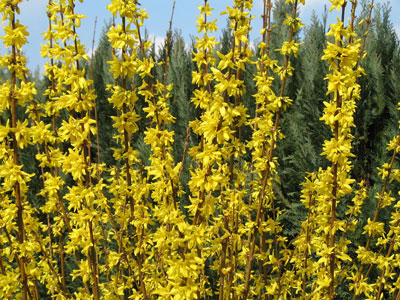
Photo by: Marc Ryckaert
You do not require a lot of gardening experience to raise the forsythia plant except the right soil. Forsythia plants grow well when potted in quick drained soil rich in organic humus. Thus at the initial stage of planting add processed manure, peat moss or compost, which will give you a good beginning.
Forsythia needs partial or full sun to grow and flower well. For seclusion, provide a summer screen; beside a fence or wall.
Preparation of Planting Forsythia
Landscapes and gardens get an exceptional face shift with forsythia. It adapts and grows healthily in good condition soil. Forsythia prospers and blossoms well in bright sun and moderate shade.
Planting
The ideal time for planting forsythia is beginning of spring time or fall. While planting any period with bright sunlight and periodic rainfall suits forsythia very well. Make a hole 15 cm deep and 30 cm wider than the root ball. Take equal quantities of soil and compost, mix them well, add to it a cup of mild fertilizer, and plant forsythia in well drained soil in places where you have exposure to sunlight. In order to get best results, give these radiant shrubs maximum sunlight of at least six hours a day.
Placement and Watering
Getting Started – For a beginner to start a garden, it is not necessary to purchase forsythia seeds from a seller, just get a loan of dug-up roots of fresh bloomed forsythia from your friend.
Blooming
The forsythia flowers bloom prior to the leaves in the beginning of spring, the flowers are bright yellow in color, acutely four-lobed and its petals are united at the base. At rainy season the leaves droop and protect the reproductive parts.
As Cut Flowers
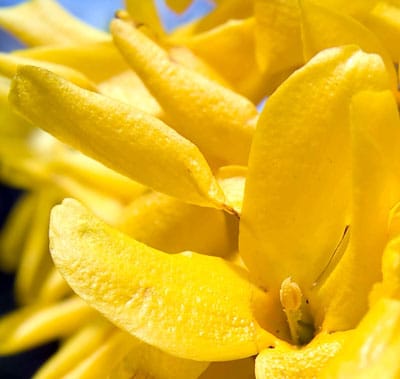
Photo by: Roberta F.
Add flower preservatives to forsythia to assist it to uphold the blossoming flower at the time of opening. You will require the following ingredients for preparing 1 quart of preservative: To 1 quart of warm water add, 2 tsp. Lemon juice, 1tsp white sugar, 1 tsp home made chlorine bleach, and Stir them and retain at room temperatures. Add this once a week to the flowers. You can use it with any sort of cut flowers.

Having discovered a fondness for insects while pursuing her degree in Biology, Randi Jones was quite bugged to know that people usually dismissed these little creatures as “creepy-crawlies”.

